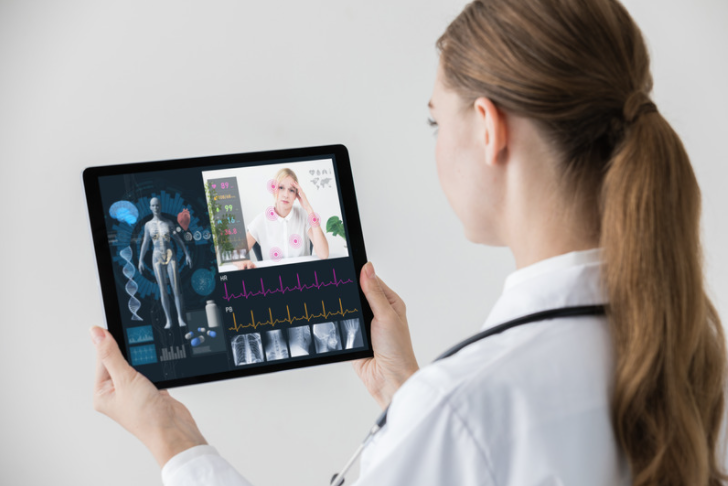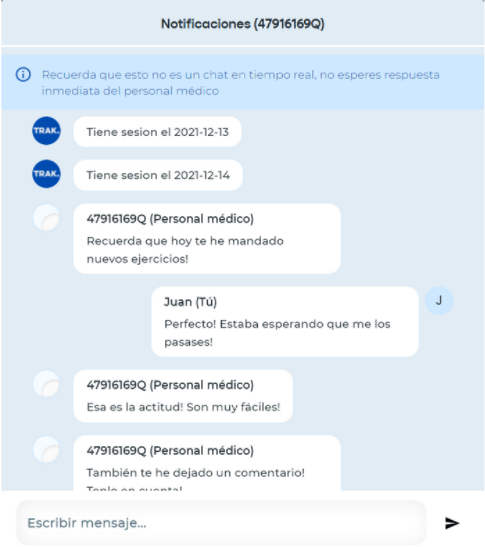Monitoring and adherence to treatment
Known as the Internet of Things (IoT) to the network of devices with embedded sensors, software, electronics and network connectivity, which have the ability to communicate these objects over wireless networks and then send data to a cloud platform. Its application in medicine is an advanced aspect of telemedicine and includes three basic procedures: detection, transfer and intelligent processing of patient information. (Dimiter V Dimitrov, 2016)
This type of medical technology can help monitor patients and transmit real data to healthcare professionals to identify problems and interventions quickly and accurately. IoT investment in 2021 was estimated at $136.8 billion worldwide.
From this concept of IoT in medicine, we derive the concept of tele-monitoring, a specialty within telemedicine whose purpose is to monitor some of the patient’s biological parameters from the patient’s home.
The patient can wear a device that collects information about his or her heart rate, respiratory rate, for example, and/or answer questionnaires about his or her state of health. When any of these parameters shows any abnormality, the healthcare professional contacts the patient to indicate what to do. In this way, the patient feels confident that the continuity of his treatment is in good hands and the professional can act quickly and efficiently in the event of a possible alert.
Tele-monitoring is a practice that can be used not only in the follow-up of many types of pathologies, but also in the follow-up of treatments such as, in physiotherapy, the prescription of therapeutic exercise.
Many studies in recent years have supported the use of technology to increase adherence to treatment of patients, such as the one carried out in 2016 by Rawstorn JC et al. in which they found its efficacy in the cardiac population by analyzing 11 trials with an approximate n of 1,200 patients or the one carried out by Marios T et al. in 2012, studying how telephone follow-up increased adherence in diabetic patients.
At TRAK, we want to help the healthcare professional to increase adherence to treatment by means of the implementation of our own monitoring system, which establishes a direct professional-patient communication channel and an alert system that ensures that the patient continues with his or her exercise protocol. Want to know more? Read on.

Increasing adherence to TRAK treatment: e-mail communication and alert system
TRAK offers a channel of communication between the patient and the health professional through the platform which makes it easier to follow the protocol and ensures that the patient performs the exercises correctly.
It is an integrated chat through which the physiotherapist or rehabilitation doctor can make observations, clarify questions and encourage the patient to continue with his treatment. The patient feels accompanied in his treatment and can quickly resolve any questions that arise. In addition, the chat tells you if you have any pending workouts so that you always remember to perform your exercises.
What happens if the patient does not enter the platform? Not receiving chat messages? No problem, because TRAK integrates with the patient’s email and sends him an automatic email every time there is a new activity to perform or if he has received a message from his therapist. This way, there is no need for the patient to log into the platform or keep it logged in to receive notifications.
Below is an example of TRAK’s integrated chat with a conversation between a physiotherapist and his patient:
